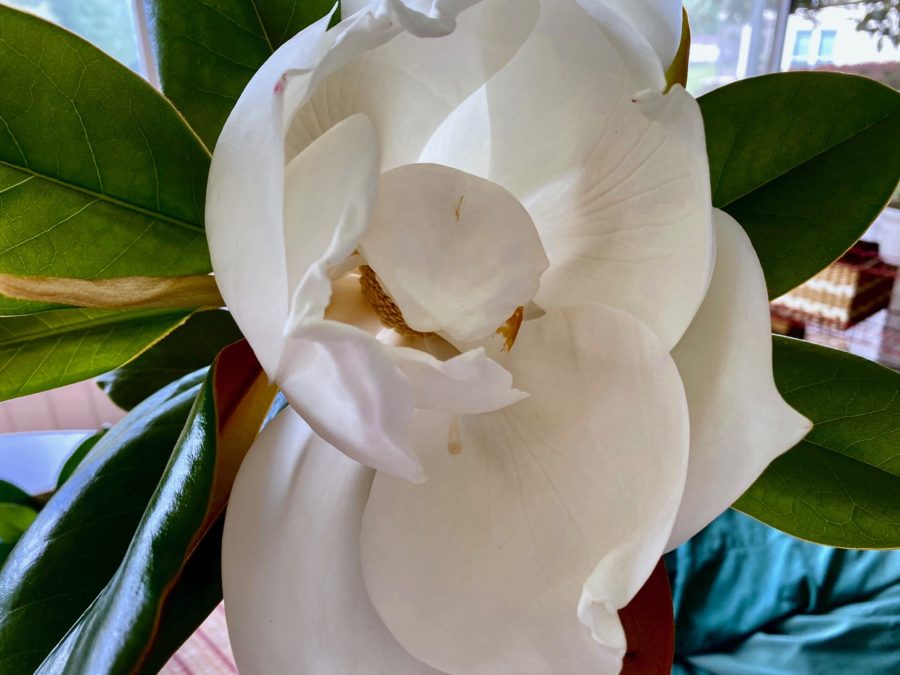
Shame lives in the body. I suspect that most people walking around in their daily life don’t know that. Shame can show up as tension in the neck, shoulders, and armpits. Shame can show up as tightness in the stomach. Shame restricts our breathing. We live in a shame-based culture. It is written about and spoken about, but rarely understood as a somatic experience.
So many people come to me with physical complaints that have no diagnosis. People suffer with emotional pain trapped in the body that the mainstream medical establishment has no explanation for. So many people come to see me as if they are living in a straitjacket, preventing them from moving out of restriction. Sometimes, it’s managed with food or drugs, or talk therapy. Sometimes it’s managed at the gym in a quest for fitness, but how much time do we slow down enough to allow ourselves to soften joint by joint, tissue and bone? How little time we allow ourselves to feel into the depth of the pain that is showing up in unexplained patterning. For example, if you receive a diagnosis of lower back pain and you simply try to resolve it with drugs, it will return because the underlying root of the problem is often the body’s somatic response to an emotion.
My work as a practitioner allows me to journey with my students into a territory that is often so frightening that unless the person can trust me, they will work hard to resist and avoid this courageous process of softening into what actually is happening in the “pain body”.
In a world that is driven by achievement and speed, it takes enormous dedication and commitment to attend to the emotions in the body. The more I practice Body Dialogue, the more I see the possibility of transformation, if my student agrees to surrender to the process.
I applaud the work of Brené Brown because I think she truly understands that the collective must risk being vulnerable in order to feel our belonging to one another. Our body knows when we are in a safe environment. We all know what it feels like to feel safe with one another, and we all know what it feels like to be armored. When one recognizes that feelings are safe, then one doesn’t have to revert to blaming, shaming, and projecting these feelings onto someone else.
For me, the work starts with the breath. Not only as a meditative tool, but as a tool that allows us to break down barriers so we can break through to connection.







